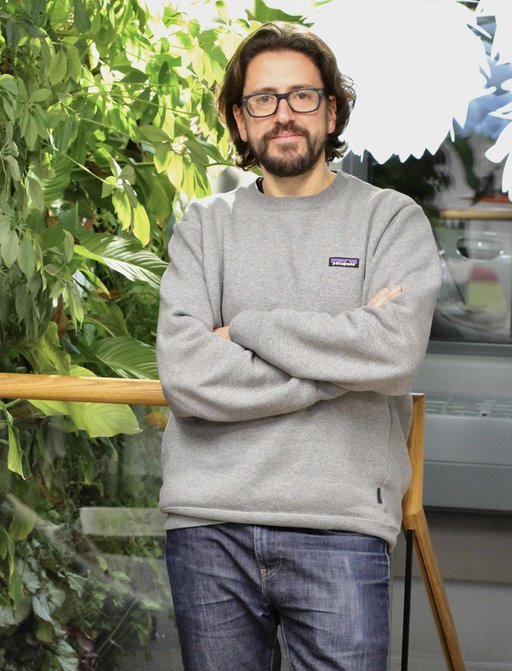
Getting the Balance Right
In the last 18 months, post the global Covid-19 pandemic, the Apparel & Fashion industry has evolved arguably at a faster pace than the previous 5-10 Years.
The apparel and fashion industry was significantly impacted by the pandemic. The widespread closures of physical stores and the move towards online shopping accelerated the shift towards e-commerce, many retailers and brands had to quickly adapt. Due to the increase in online sales, companies implemented simple changes such as contactless delivery and in-store pickup to keep up with the demand. Brands also reviewed and made changes to their supply chains in response to disruptions caused by the pandemic.
The industry had to adapt to changes in consumer behavior and spending caused by the pandemic. With people spending more time at home, there was an increase in demand for products such as home goods, fitness equipment, and electronics. At the same time, the pandemic led to a decrease in demand for fashion products such as clothing and accessories, as people were not socializing, but still, the e-commerce channel saw exponential growth beyond anyone's expectations during this period.
Almost every brand had to review their short term strategies and processes to accommodate and overcome the impact of the pandemic. Many brands made the decision to implement new IT systems as the industry became more virtual and reliant on technology. SaaS companies pivoted by offering software such as digital showrooms for wholesale clients, to virtual try-ons for the end consumer. The use of data and analytics allowed brands to better understand customer behavior and preferences. This, coupled with the evolution and advancement of technology led to new developments for fashion design, in areas such as 3D printing.
Fast-forward to 2023: Many of those short term strategies, whether it be supply chain advancements or technology implementations, have become the foundation for success for many in the apparel and fashion industry.
Today, consumers have become more conscious about the environmental impact of their purchases. The industry is responding with emphasis on sustainable materials and re-assessing their production methods and business models. Brands are also re-evaluating the balance between their direct to consumer and wholesale strategies, resulting in a renewed appetite from brands to forge long-lasting relationships with their wholesale clients who have since embraced new ways to integrate digital experiences into their physical stores.
Brands will need to continue to evolve and adapt to keep pace with consumer behavior and preferences. With the wealth of data and analytics now available on consumer behavior, retailers and fashion brands will need to use this information to create more personalized marketing campaigns and product offerings. This could include using data to target specific demographics or segments of the market, or to create products and collections that are tailored to specific consumer needs.
Another key metric is the use of digital and social media marketing, and with the growing importance of e-commerce, fashion brands will need to develop strong digital marketing strategies to reach and engage consumers online. By using social media platforms to showcase products, creating engaging content, building relationships with influencers and other key figures in the industry, to driving traffic to physical stores for a more personalized and memorable shopping experience.
The state of the apparel and fashion industry for 2023 lies in brands and retailers getting the balance between commerce, technology, marketing and strategic positioning right to suit their businesses, and are certainly now in a great place to achieve this, given that the pandemic is thankfully behind us.





Stefan is CEO and founder of Reactive Reality, the market leader in virtual fashion try-on solutions. He has over 13 years of experience in Augmented Reality and holds a PhD in the field. He has been working as a researcher at Graz University of Technology and Intel before founding Reactive Reality. Since its foundation, the company has signed up customers like H&M, Shopify, Yoox Net-a-Porter and Hugo Boss. Fashion will also play a crucial role in the Metaverse transition. Stefan gave speeches at numerous conferences and is regularly interviewed by publications such as Forbes, GQ, A1 Retail, and many more.